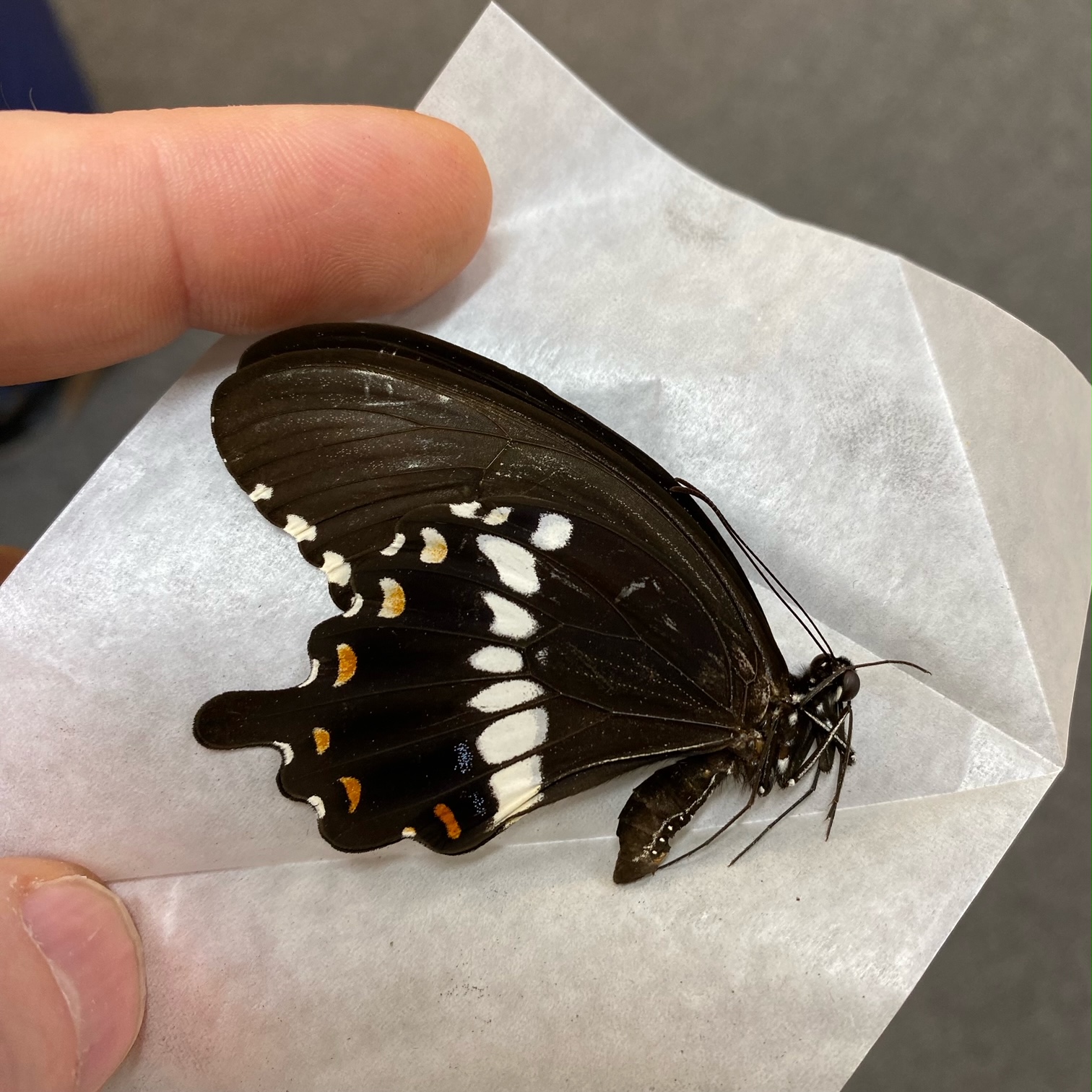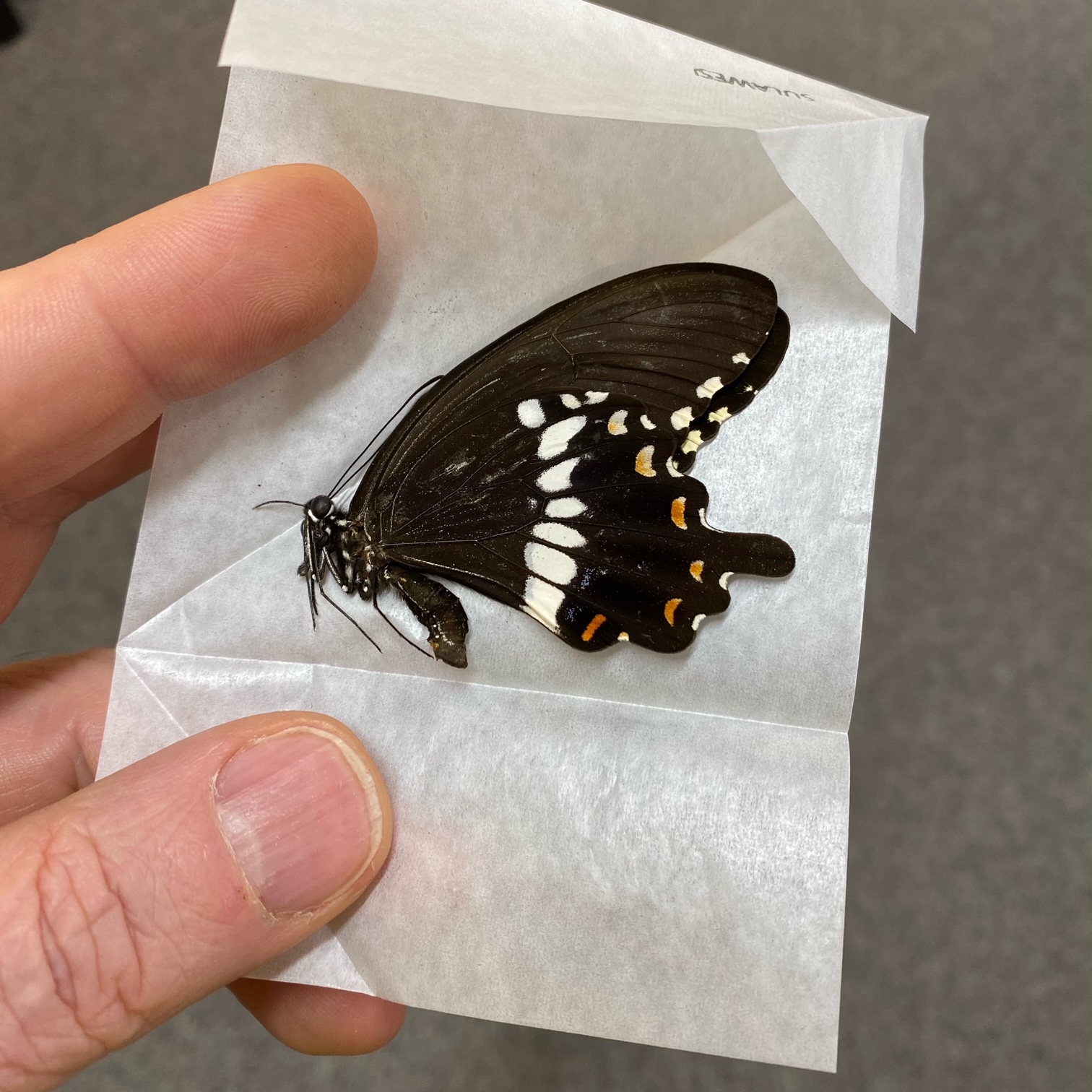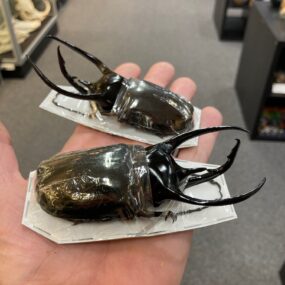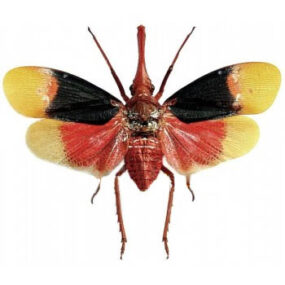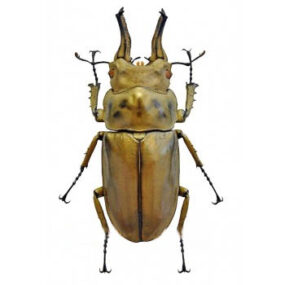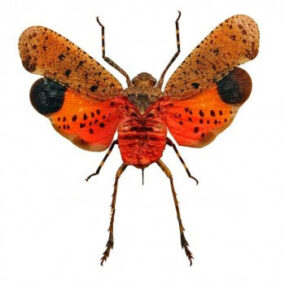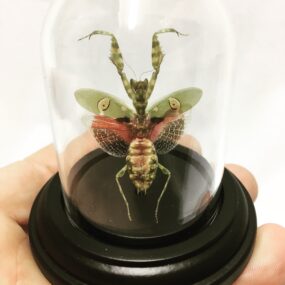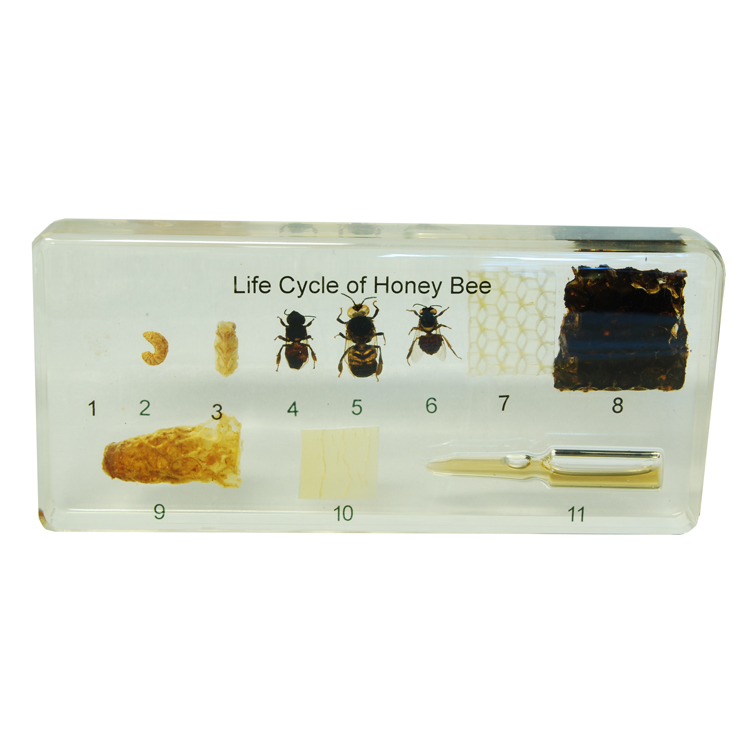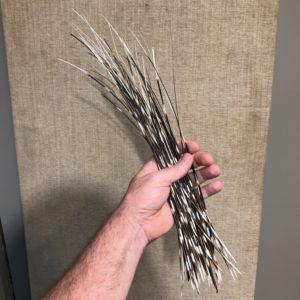Description
Papilio polytes alcindor Butterfly specimen. This species comes from Indonesia.
**Papilio polytes**, commonly known as the **Common Mormon butterfly**, is a striking species belonging to the *Papilionidae* family. It is widely distributed across Southeast Asia, including regions such as India, Sri Lanka, Myanmar, Thailand, Malaysia, and Indonesia. Here’s a more detailed look at this butterfly:
### Physical Description
– **Size**: The wingspan of the Common Mormon typically ranges from 70 to 90 mm.
– **Sexual Dimorphism**: The species exhibits sexual dimorphism, meaning males and females have different appearances.
– **Males**: Generally smaller with a more uniform dark coloration. Their wings are black with white markings and often a characteristic “M” shape across the forewings.
– **Females**: Larger and more varied in color, with a range of forms. Female Common Mormons often mimic other species to avoid predation. For example, females may resemble the larger *Papilio polytes* or even other species like *Papilio clytia* or *Papilio garamas* to confuse predators, a phenomenon called “mimicry.”
### Habitat
The Common Mormon butterfly is typically found in forests, open areas, and gardens. It is commonly seen around the host plants it depends on for reproduction, particularly citrus trees, which are a major food source for its larvae.
### Behavior
– **Flight**: The Common Mormon has a relatively fast and agile flight. It flits between flowers and host plants, often seen in sunny areas.
– **Feeding**: As adults, they feed on nectar from a variety of flowering plants, including those of the Lantana and Zinnia species.
### Life Cycle
– **Egg**: The eggs are laid on the leaves of specific host plants, particularly those in the citrus family (Rutaceae).
– **Larvae (Caterpillars)**: The caterpillars are initially small and can be quite variable in color, ranging from green to brownish with eye spots. As they grow, they become more vibrant and often develop colorful markings.
– **Chrysalis**: The pupal stage is typically brown or grey, resembling dry leaves or twigs, providing camouflage from predators.
– **Adult**: After emerging from the chrysalis, the adult butterfly can live for several weeks, depending on environmental conditions.
### Conservation Status
The Common Mormon butterfly is not currently considered endangered or threatened. However, habitat destruction and the use of pesticides can impact local populations, particularly in urban areas.
### Interesting Facts
1. **Mimicry**: One of the most fascinating aspects of the Common Mormon butterfly is its mimicry behavior. Females mimic other species of butterflies, such as the *Papilio polytes* or *Papilio garamas*, which are toxic to predators. This offers them a survival advantage by tricking predators into thinking they are poisonous or unpleasant to eat.
2. **Pollination**: As with many butterflies, the Common Mormon plays a role in pollination by visiting flowers to feed on nectar, helping in the fertilization of plants.
The Common Mormon is a beautiful and ecologically important butterfly, with both its striking appearance and fascinating behavior making it a subject of interest for butterfly enthusiasts and researchers alike.


